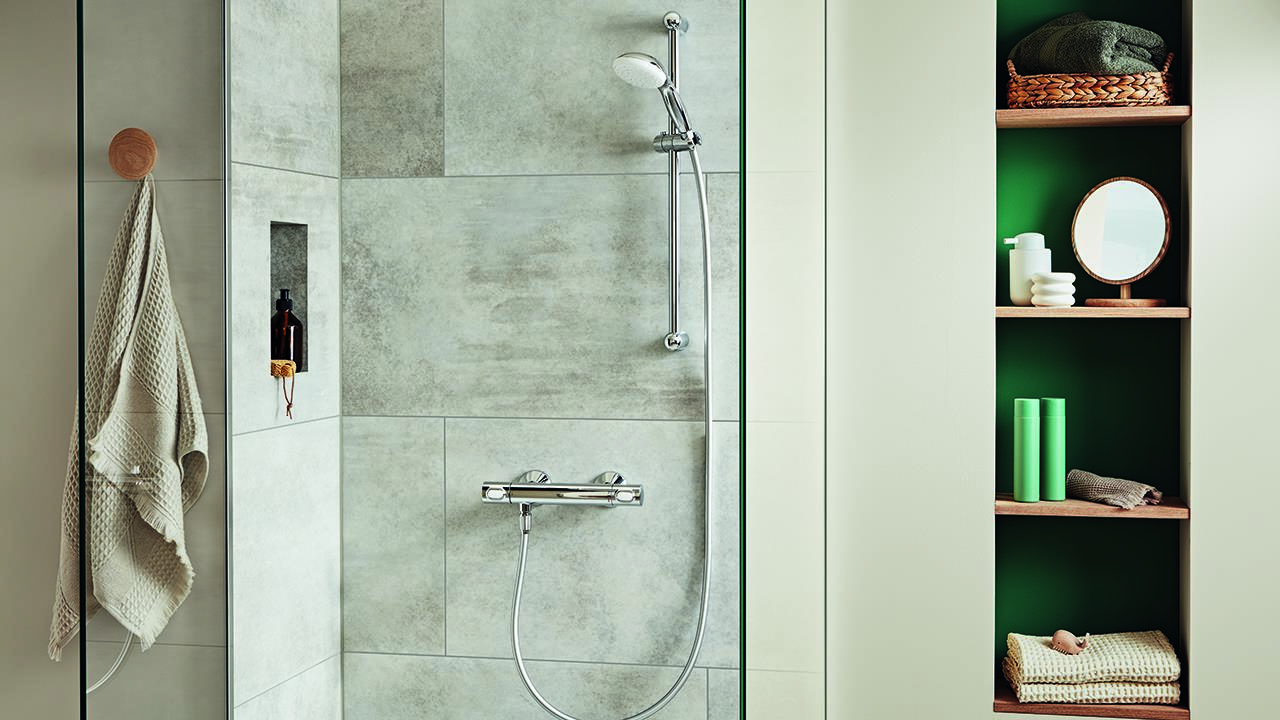

Droughts and water scarcity have evolved into pressing daily challenges across the globe. According to the European Environment Agency, nearly one in three Europeans are affected by water scarcity in an average year, while UNICEF found that 11 out of the 17 most water-stressed countries globally are located in the Middle East and North Africa.
In light of intensifying global water challenges and the increasing strain on water supplies, the implementation of water saving technology has become more important than ever, as it empowers individuals and communities to make a meaningful difference in preserving this invaluable resource and ensuring a sustainable future for generations to come.
Now, many manufacturers globally are offering more low flow shower, toilet, and tap models with water saving technologies into portfolios.
In a 2020 UK Market Study, GROHE found that 54% of people would like a shower that could assist them in being sustainable in their day-to-day life. In addition to this, 59% give importance to whether a shower has been sustainably produced. By using less water without sacrificing the showering experience, these showerheads can achieve water savings of up to 50% or more.
Encouragingly, they are now widely available and relatively easy to install, making them an accessible option for both new constructions and the retrofitting of existing bathrooms.
The bathroom is not the only place of potential excessive water usage. Incorporating fittings and technology that support a more sustainable lifestyle is an attractive option in the kitchen too, with the sink being one of the most high traffic areas of the home.
In 2021, GROHE signalled a move towards a circular economy by relaunching four of its best-selling products as Cradle to Cradle (C2C) Certified Gold Level.
The C2C concept enables a drastic reduction in the use of new resources, as a product is designed and manufactured with the option of reusing its components for new products.
Separately, water recycling will become increasingly important in the coming years, and any future integration into buildings represents a needed paradigm shift in how we view and use water.
By embracing this technology, we can transform wastewater from a mere by-product into a valuable asset, closing the loop and reducing our dependence on freshwater resources.
As manufacturers, it is imperative that we drive the transformation and innovative practices needed to mobilise the whole industry in becoming more sustainable. While the adoption of kitchen and bathroom products that facilitate water and energy conservation are now an unquestionable trend, we believe such products should be the norm when purchasing a kitchen or bathroom, rather than a proactive choice that consumers must go out of their way to make.
By integrating these transformative, technology-driven solutions into our homes, we not only safeguard our most precious resource but also preserve and shield it for the benefit of future generations. Only through joint, considered actions will we be able to make positive changes for future generations.
If you'd like to keep up-to-date with the latest developments in the heating and plumbing industry, why not subscribe to our weekly newsletters? Just click the button below and you can ensure all the latest industry news and new product information lands in your inbox every week.